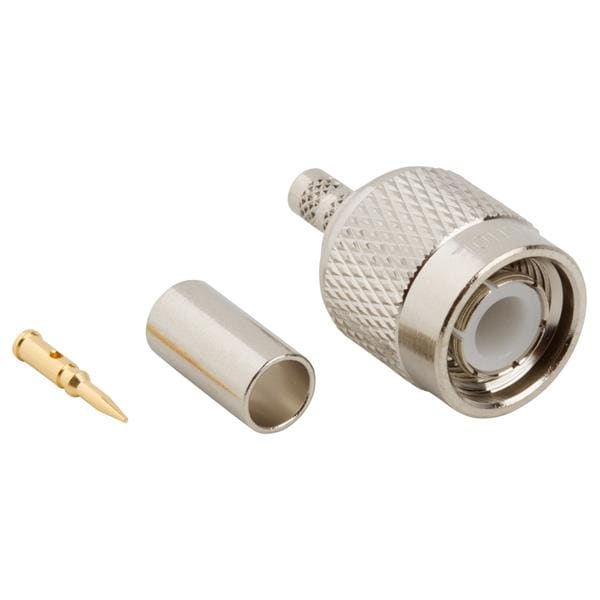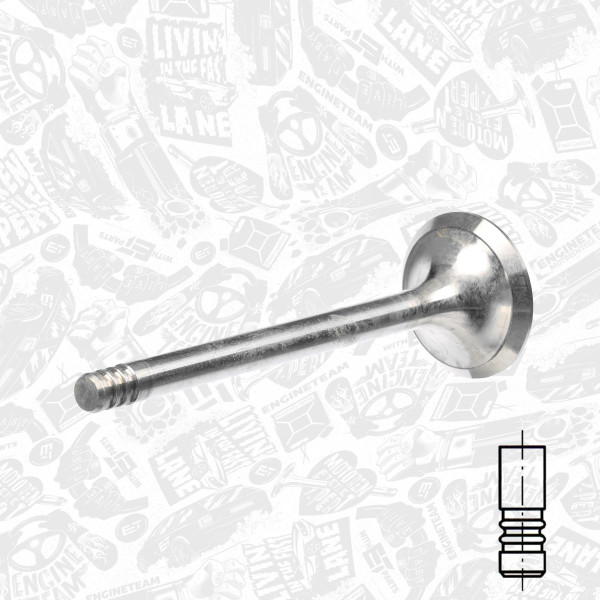

You can do this manually or automatically. You can also assign responsibility for requirements from a shopping cart to a different purchasing group. Once the delivery data is complete, the approval workflow starts.

If the shopping cart contains incomplete data, you can run a completion workflow to check and complete the necessary delivery data. You can order the shopping cart now or later, and check the status of the shopping cart at any time. Account assignment is then checked in the back-end system. For recurring orders, you can also use previous shopping carts and templates provided by the purchasing department. Analyzing Self-Service Procurementġ.1.1.1 Processing Shopping Carts You can use this business process to create a shopping cart and add items to it. Verifying Logistics Invoices Online/In Background 6. Inbound Processing and Receipt Confirmation with Warehouse Management 5. Processing Purchase Requisitions in ERPģ.

Process The business processes run as follows: 1.
Scenario & Process Component List on SAP Service Marketplace at /scl. SAP SRM Master Guide on SAP Service Marketplace at /instguides. However, only certain combinations are valid. Prerequisites You can implement this business scenario with different releases of the relevant application components. This business function allows you to run the entire scenario without the need for the SAP NetWeaver Portal. This business scenario is modified if you have activated the SRM, PI-Independent Enterprise Services (SRM_WSRM_1) business function. All other procurement documents, such as purchase orders, goods receipts, and invoices, are located in the back-end system. In this scenario, only the shopping cart is created in the SAP Supplier Relationship Management (SAP SRM) system. This relieves your purchasing department of a huge administrative burden while making the procurement process faster and more responsive. Business Scenarios Purpose SAP Supplier Relationship Management (SAP SRM) offers the following business scenarios: ġ.1 Self-Service Procurement 1.1.1 Self-Service Procurement - Classic Your employees can use this business scenario to create and manage their own requisitions. The SAP SRM documentation offers a comprehensive description of the functional scope of SAP SRM, and highlights the relationship between the application and the underlying technologies.įor more information about SAP NetWeaver, see the SAP NetWeaver Getting Started Guide at SAP NetWeaver SAP NetWeaver Library Getting Started- Using SAP Softwareįor more information about the implementation of an SAP SRM solution and associated business scenarios, see the SAP SRM Master Guide ( SAP SRM Server 7.13 )įor more information about SAP SRM configuration information, see SAP Solution Managerġ. The efficient processes in SAP SRM enable you to cut down your procurement expenses and to work more intensively with more suppliers than ever before. This allows you to develop long-term relationships with all those suppliers that have proven themselves to be reliable partners. With SAP SRM you can examine and forecast purchasing behavior, shorten procurement cycles, and work with your partners in real time. SAP SRM enables you to optimize your procurement strategy, to work more effectively with your supplier pool, and thus to gain long-term benefits from all your supplier relationships. 
Use SAP Supplier Relationship Management (SAP SRM) provides you with innovative methods to coordinate your business processes with your key suppliers and make them more effective. SAP enhancement package 4 for SAP NetWeaver 7.0 Support Package Stack 06 SAP Supplier Relationship Management Product Information Product








 0 kommentar(er)
0 kommentar(er)
